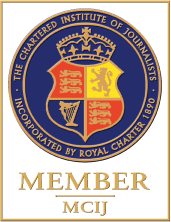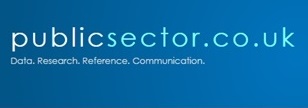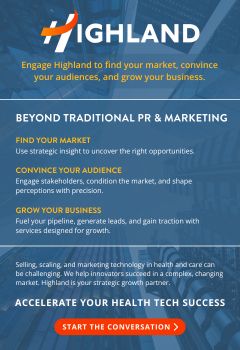We now know that the shift to hybrid is a fixed part of the world of work today. It’s a fundamental shift in the working landscape. But, for IT professionals, some critical aspects of navigating the cloud shift exist.

With remote and hybrid working, there can be some significant challenges to overcome, but also some opportunities along the way. Some organisations have concerns about data security and vendor lock-in and day-to-day concerns about employee productivity. Working on many IT migration projects, I wanted to share my experience addressing and overcoming these challenges.
The new normal for many employees is now hybrid working in some form. It has transformed our need for remote collaboration and accelerated cloud adoption. Many organisations now offer new hybrid working flexibility, which brings an element of decentralisation. The days of a 9-5 desk are replaced with home working, hot desking or the hybrid model.
As we watch this new working pattern evolve, it brings with it implications for infrastructure adjustments. One area is Service Level Agreements (SLAs), which can be complex to navigate, but there is a heightened need to examine these agreements closely and align expectations and metrics with service providers for these new ways of working. We can no longer define an SLA based on standalone metrics; we need to look at them in relation to each other, and through understanding the intricacies of these SLAs, businesses can ensure that their cloud engagements are optimised to deliver better return on investment.
But, this begs the question of how we can enhance efficiency for employees when hybrid working. One area to start is by looking at the principles of service integration and management (SIAM). By implementing SIAM frameworks to focus on outcomes rather than activities, organisations can streamline operations, enhance efficiency, and ensure seamless collaboration across diverse IT ecosystems, which can improve productivity and play a key role in facilitating these new hybrid working environments.
If we move away from looking at People Process and Technology, there is a need for IT organisations to redefine themselves in terms of the Cloud, Ecosystems, Capabilities and Platforms. SIAM principles focus on integrating multiple service providers, managing complex IT environments, and delivering cohesive services to end-users. In remote and hybrid working contexts, SIAM principles provide a structured approach to managing hybrid IT landscapes, enabling organisations to leverage cloud technologies while maintaining excellent levels of effective operational management.
Hybrid working brings with it so many opportunities, but only if we embrace the new model of the ever-changing work landscape. If we leverage cloud technologies effectively, organisations can not only drive innovation and enhance collaboration but they can also stay ahead of the digital game. By putting the correct strategies in place, the future world of work can deliver many positive opportunities for organisations and their workforce, and those willing to embrace and adapt to these changes will thrive.
Gerry Flanagan BSc IT(Hons) CITP FBCS, IT Consulting Practitioner, Scopism Community SIAM Expert and Fellow of BCS: The Chartered Institute for IT.







Recent Comments